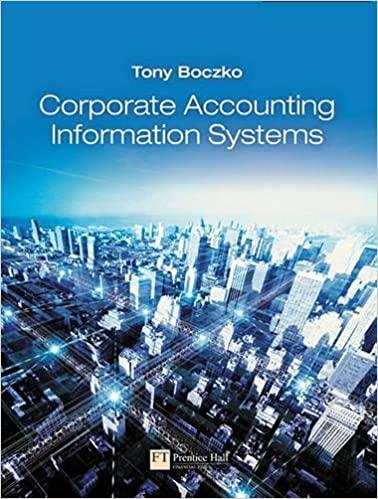Answered step by step
Verified Expert Solution
Question
1 Approved Answer
Please answer all questions Part I. Questions 1-10 are worth 3 points each. 1. In a make-or-buy decision, relevant costs include: A. fixed factory overhead
 Please answer all questions
Please answer all questions Step by Step Solution
There are 3 Steps involved in it
Step: 1

Get Instant Access to Expert-Tailored Solutions
See step-by-step solutions with expert insights and AI powered tools for academic success
Step: 2

Step: 3

Ace Your Homework with AI
Get the answers you need in no time with our AI-driven, step-by-step assistance
Get Started


